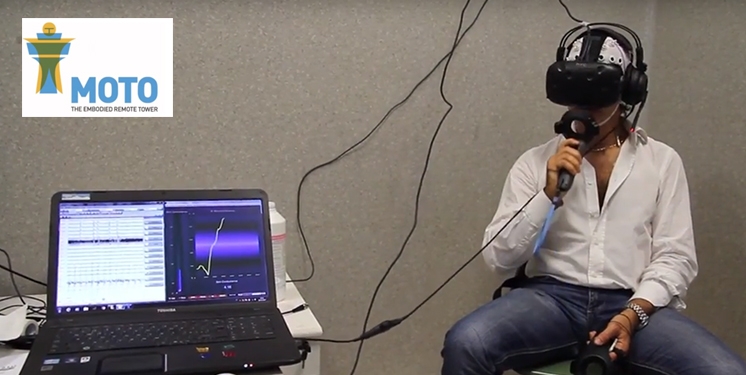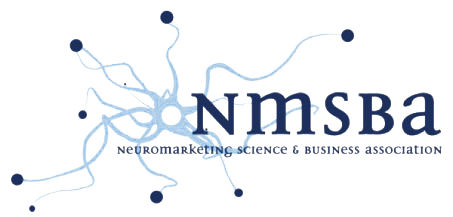MOTO project: how to improve air traffic management from a remote control tower.
- Written by Pietro
The project, through Augmented Reality technologies, is developing methods to improve the air traffic management from a remote control tower.
AIM
MOTO has two main objectives. The first is to investigate, through the use of virtual reality, the possibility of improving the sense of presence of a controller inside a remote tower, or the feeling of being immersed in that environment, providing not only visual and auditory stimuli, but also vibrating and tactile ones. For example, there is a simulation of the vibrations that would be perceived in a real control tower if there was an airplane nearby. The second objective is to create and test "augmented solutions" - i.e. augmented reality solutions - that can support and help the controller in maintaining adequate levels of safety and operational efficiency, as required by the air traffic control regulations.
TOOLS
In this project, through the acquisition of biosignals, (electroencephalogram, electrocardiogram and skin sweating), the BrainSigns team provides important information about the sense of presence and the mental workload of the controller. A virtual reality viewer (HTC Vive) allows to reproduce a control tower, in particular that one of Ciampino. Appropriate professional questionnaires are used to evaluate the performance of the controller. By combining these tools, the research results are obtained and the progress of the project is validated.
RESEARCH
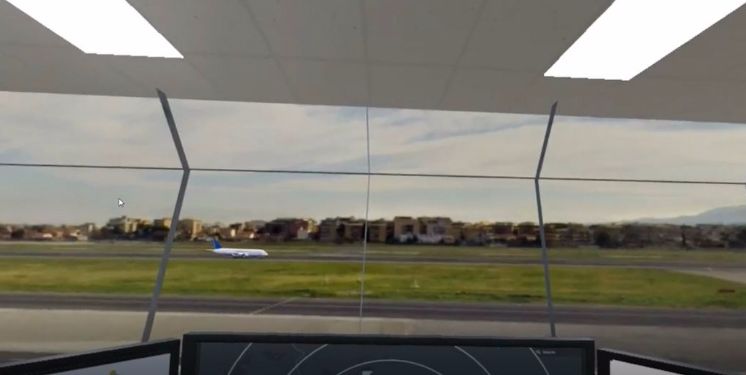
In the civil aviation sector, in order to optimize costs/service efficiency, the new concept of Remote Tower for air traffic control is attracting an increasing interest (for more information visit for instance this link).
Currently, remote towers are built using high-fidelity cameras that reproduce on screens what the controller should actually see in the tower, in order to remotely control the airspace or the airport of interest.
The MOTO project (the embodied reMOte TOwer) sees the involvement and collaboration of several Italian and European partners:
-the laboratory of Industrial Neuroscience of Sapienza University of Rome, directed by Prof. Babiloni,
-DeepBlue srl, a company specialized in human factors concepts and coordinaing the project,
- the French air traffic control school ENAC (Ecole Nationale de l'Aviation Civile, Toulouse, France),
- Sapienza’s laboratory of social and cognitive neurosciences, directed by Prof. Salvatore Maria Aglioti
- the University of Groningen, expert in big-data visualization techniques.
In particular, the laboratory of Industrial Neuroscience shares the personnel and the related research activity with BrainSigns srl.
The results of the experiments, to date, have shown that the combinations of "Visual + Auditory + Vibrating and Tactile" stimuli induce an increase in performance, a decrease in the perceived mental workload and an increase in the sense of presence - compared to all other conditions.
Thus, the research hypotheses are confirmed, that is: by acting on the sensorial feedback that the controller can experience, and therefore improving the sense of immersion in the environment itself, an improvement in the overall performance achieved by the controller can be induced. In the last phase of the MOTO project experimentation,the augmented reality technologies developed by the French traffic control school ENAC will be tested.

Pietro
R&D Project Manager
Related Articles
-
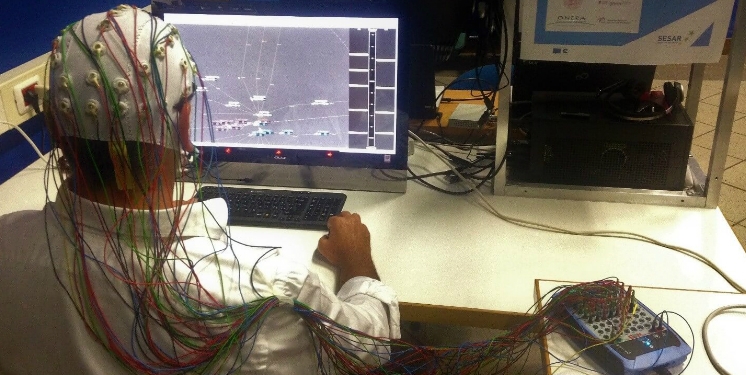 MINIMA: mitigating negative impacts of monitoring high levels of automation.
MINIMA: mitigating negative impacts of monitoring high levels of automation. -
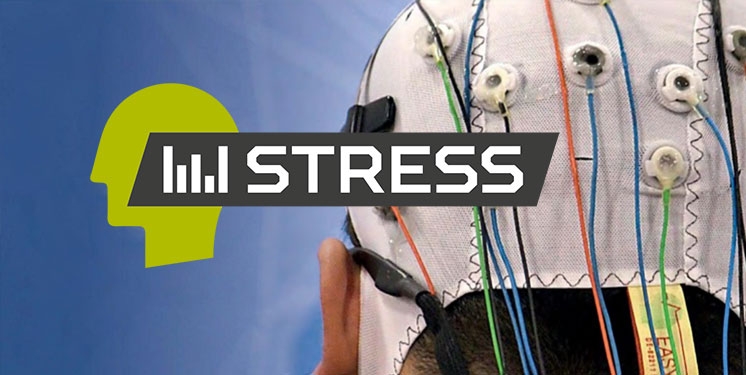 EU project “STRESS” : innovation monitoring performance of flight controllers
EU project “STRESS” : innovation monitoring performance of flight controllers -
 How do people react to the observation of anti-smoking campaigns from a cognitive and emotional point of view
How do people react to the observation of anti-smoking campaigns from a cognitive and emotional point of view -
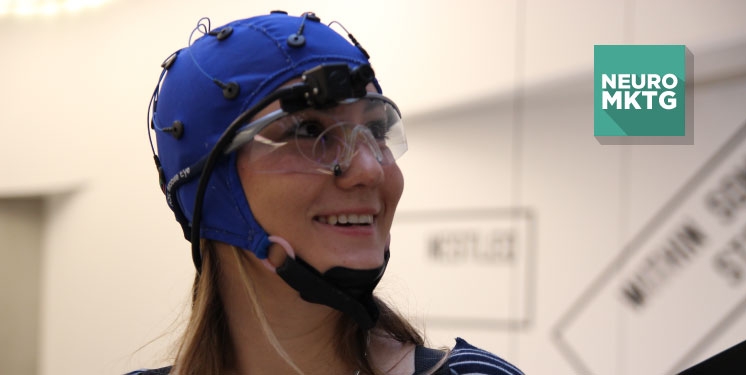 Neuromarketing goes deeper beyond of what consumers say
Neuromarketing goes deeper beyond of what consumers say -
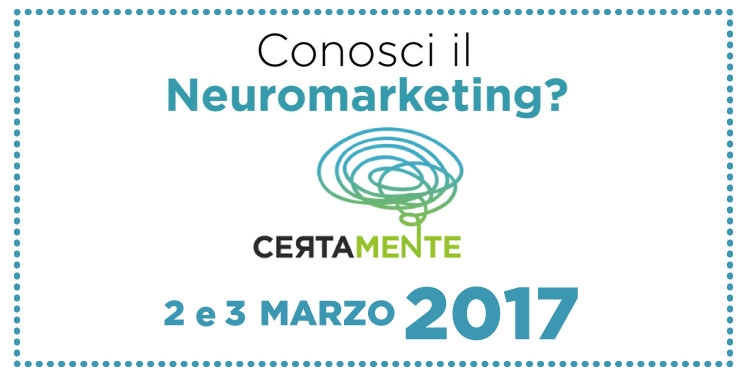 CertaMente 2017: the most all-encompassing Italian conference focused on neuromarketing
CertaMente 2017: the most all-encompassing Italian conference focused on neuromarketing -
 BrainSigns in TV News: Neuromarketing and shopping experience
BrainSigns in TV News: Neuromarketing and shopping experience -
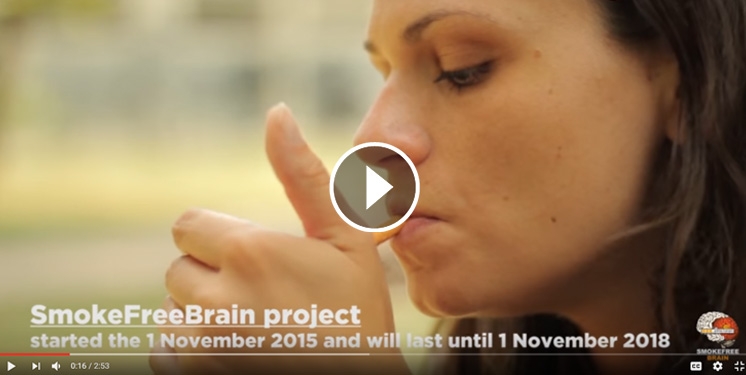 SmokeFreeBrain: brains can tell the effective anti-smoking PSAs
SmokeFreeBrain: brains can tell the effective anti-smoking PSAs





